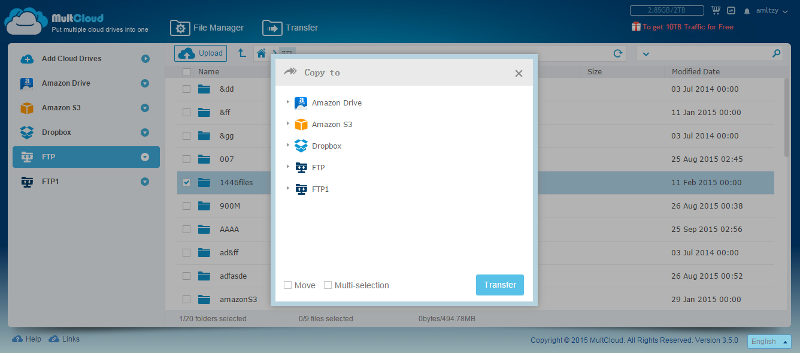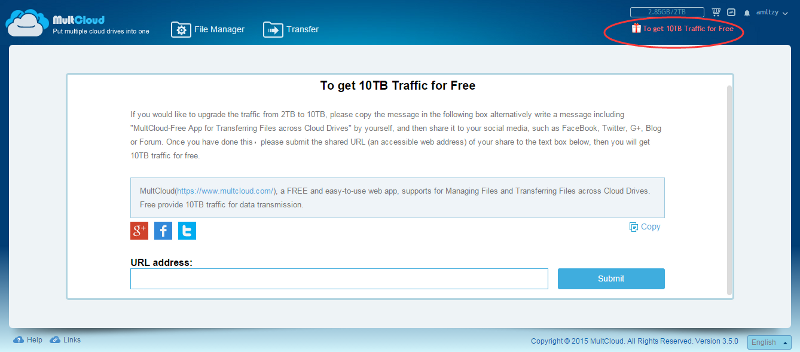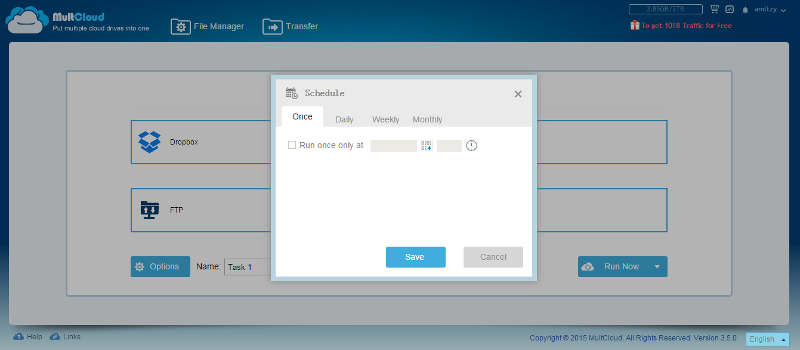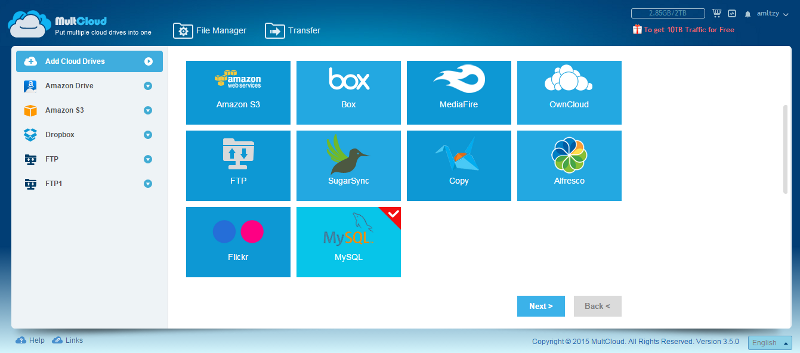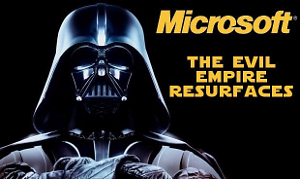 Are you going back to your evil, “all-knowing” ways, Microsoft?
Are you going back to your evil, “all-knowing” ways, Microsoft?
Microsoft Goes Too Far, Automatically Installs Windows 10 In Some Windows 7 And 8.1 PCs
Tech Times – By: Nicole Arce – “Windows 10 may be on a roll, but it is still far from Microsoft’s lofty goal of distributing it to 1 billion devices all over the globe in two to three years. Obviously, Microsoft is eager to get people to install its operating system, or the company wouldn’t have offered it to users for free.
But is Microsoft a bit way too eager for people to install Windows 10? The latest reports say Microsoft is once again earning the ire of some people by automatically installing Windows 10 into PCs still running on Windows 7 and Windows 8.1 without the permission of their owners.
The first reports have appeared on the U.K.-based The Register, whose readers have mailed in their complaints that Microsoft is stealthily changing their update settings to enable what is supposed to be an optional update that then installs Windows 10.
‘In the latest raft of MS updates, the ‘optional’ Windows 10 option on this Windows 7 PC was pre-ticked,’ says one user. ‘Can that be right? If I hadn’t noticed, it would have caused havoc here.’
Other users say going to the Control Panel no longer shows the option to install the latest Patch Tuesday updates. Instead, a message saying the ‘upgrade to Windows 10 is ready’ appears and prompts the user to restart the PC to begin installation. At least one user says the message appears with a one-hour countdown timer, which lets the user reschedule the installation but not cancel it altogether.
In one particularly disturbing instance, one user says his PC suddenly got a blue screen and rebooted. Upon starting his machine as normal, a message appeared asking him if he wanted a solution to his problem. The answer, of course, was yes, so Microsoft showed him a message to download and install Windows 10.
‘I wonder if this blue screen was/is a Microsoft-initiated one, deliberately pushing people to upgrade to Windows 10,’ he says.
The automatic installations were also confirmed by Josh Mayfield, creator of the GWX Control Panel, a tool that gets rid of Windows 10 upgrade messages. In a blog post, Mayfield says his tool can no longer eliminate the message that requires users to reschedule their installation. Neither can his tool run in the background to track what update settings Microsoft is making.
For its part, Microsoft has already responded to the complaints, saying that the automatically checked option to update to Windows 10 was a ‘mistake,’ which it promises to fix right away.
‘As part of our effort to bring Windows 10 to existing genuine Windows 7 and Windows 8.1 customers, the Windows 10 upgrade may appear as an optional update in the Windows Update (WU) control panel,’ says Microsoft in a statement. ‘This is an intuitive and trusted place people go to find Recommended and Optional updates to Windows. In the recent Windows update, this option was checked as default; this was a mistake and we are removing Windows 10 from Windows Update for users that have not reserved a copy of Windows 10.’
Microsoft found itself in a similar situation last month, when it was discovered that it was downloading Windows 10 installation files into users’ PCs, even though they did not reserve a copy of Windows 10.”
 Good news! Oracle Virtualbox, the popular FREE hypervisor for multiple platforms, including Windows, OS/X, Linux, and Solaris, now supports Windows 10 clients (or VMs!) The latest release is Version 5.0.6 and has fixed a lot of bugs, including latency issues, a LOT of work on bridged networking, which I like because I use that a lot!
Good news! Oracle Virtualbox, the popular FREE hypervisor for multiple platforms, including Windows, OS/X, Linux, and Solaris, now supports Windows 10 clients (or VMs!) The latest release is Version 5.0.6 and has fixed a lot of bugs, including latency issues, a LOT of work on bridged networking, which I like because I use that a lot! Are you going back to your evil, “all-knowing” ways, Microsoft?
Are you going back to your evil, “all-knowing” ways, Microsoft?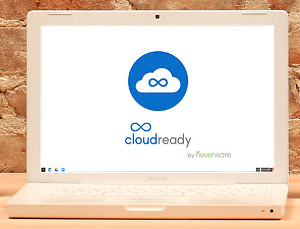 Turn your old computer into a Chrome device! This sounds like fun!
Turn your old computer into a Chrome device! This sounds like fun!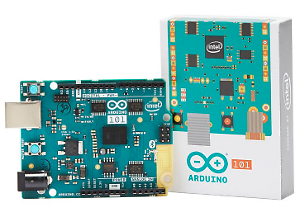 New for us Makers!
New for us Makers!




